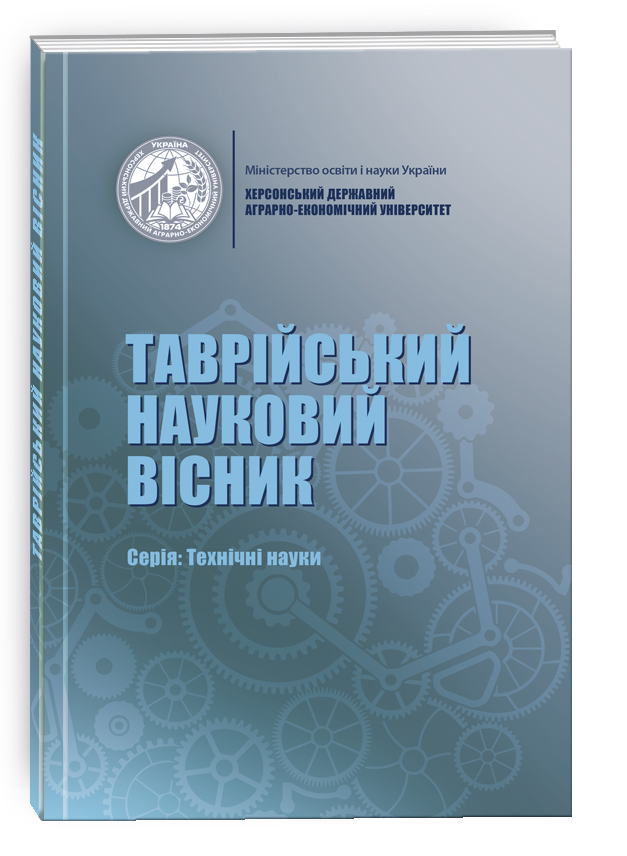IMPROVEMENT OF THE ELECTRICAL PARAMETERS OF THE SCHOTTKY BARRIER DIODE
DOI:
https://doi.org/10.32782/tnv-tech.2025.1.53Keywords:
Schottky diode, structural defects, heterization, oxidation packing defects, surface effects, reverse currentAbstract
A Schottky diode is a semiconductor diode whose rectification properties are based on the interaction of a metal and a depleted semiconductor layer. A metal-semiconductor transition is used to create Schottky diodes. The operation of these diodes is based on the transfer of the main charge carriers and is characterized by high speed, since they do not have the accumulation of non-main charge carriers characteristic of p-n transitions. Schottky diodes are used as elements of integrated circuits, as well as as discrete devices. Most often, for the manufacture of Schottky barrier diodes, substrates made of silicon with low resistance and a thin layer of epitaxy with high resistance are used. A metal electrode is applied to the surface of the epitaxy layer to obtain a rectifying contact. The article discusses the causes and mechanisms of degradation of the reverse characteristics of the Schottky diode. It is shown that the reason for the low yield of diodes is the significant influence on their reverse characteristics of structural defects and foreign impurities and the quality of the surface of diode structures. It has been established that the main reason for the low yield percentage of suitable studied Schottky diodes is oxidizing packing defects formed in the active regions of diode structures during high-temperature operations, as well as surface effects due to impurities. The conducted studies showed that the most effective method of preventing the formation of ODS is the method of creating a heterogenization region on the reverse side of the plate with the help of implantation of argon ions in the reverse side of the plate and subsequent annealing of the plates in a mixture of nitrogen and oxygen before the deposition of silicon nitride layers. To improve the state of the surface of diode structures and reduce the level of their reverse currents, a method of heterization of extraneous impurities on the surface of diode structures was developed by means of boron diffusion into the working side of the plates after the formation of the SiO2 protective layer. The experimental results of the study of the effect on the reverse characteristics of the two-way heterojunction Schottky diode are presented, as well as the possible mechanisms of this effect are analyzed. The effectiveness of the proposed technology with the use of hetering in reducing the level of reverse currents and increasing the output of suitable devices is shown.
References
Литвиненко В.М. Фізика та технологія напівпровідникових діодів. Херсон : ФОП Вишемирський В.С, 2018. 184 с.
Ravi К.V. Imperfections and Impurities in Semiconductor Silicon. John Wiley & Sons, New York, 1981. 379 p.
Meda L., Gerofolini G.F., Queirodo Gr. Impurities аnd defects in silicon single crystal //Progress Crystal Growth and Characterization, 1987. Vol.15. № 2. P. 97-131.
Литвиненко В.М., Вікулін І.М. Вплив властивостей поверхні на зворотні характеристики напівпровідникових приладів. Вісник ХНТУ, 2018. Т. 64. № 1. С. 46-56.
Литвиненко В.М., Богач М.В. Моделювання процесів гетерування швидкодифундуючих домішок в технології діодів Шотткі. Вісник ХНТУ, 2019. Т.68. № 1. С. 25-33.
Павлов С. М. Основи мікроелектроніки. Навчальний посібник. Вінниця : ВНТУ, 2010. 224 с.
Lecrosnler D., Paugam J., Richou F. et al. Influence of phosphuuuorus-induced point defects on a gold- gettering mechanism in silicon // J. Appl. Phys., 1980. Vol. 51. № 2. P. 1036-1040.
Renschi S. Durability of mechanical damage gettering effect in Si wafers // Japanese Journal of Applied Physies, 1984. Vol. 23. № 8. Pt.1. P. 959-964.
Prussin S. Jon implantation gettering: a fundamental approach // Solid State Technology, 1981. № 7. P. 52-54.







